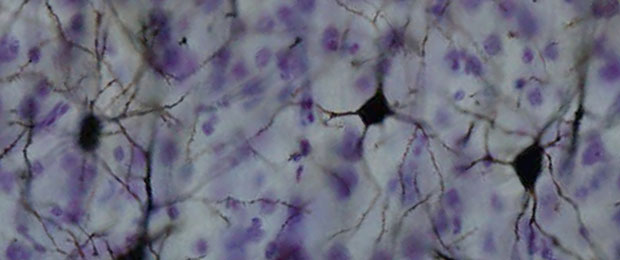Subscribe to the O’Reilly Radar Podcast to track the technologies and people that will shape our world in the years to come.
In this week’s Radar Podcast, O’Reilly’s Mac Slocum chats with Bradley Voytek, an assistant professor of cognitive science and neuroscience at UC San Diego. Voytek talks about using data-driven approaches in his neuroscience work, the brain scanner project, and applying cognitive neuroscience to the zombie brain.
Here are a few snippets from their chat:
In the neurosciences, we’ve got something like three million peer reviewed publications to go through. When I was working on my Ph.D., I was very interested, in particular, in two brain regions. I wanted to know how these two brain regions connect, what are the inputs to them and where do they output to. In my naivety as a Ph.D. student, I had assumed there would be some sort of nice 3D visualization, where I could click on a brain region and see all of its inputs and outputs. Such a thing did not exist — still doesn’t, really. So instead, I ended up spending three or four months of my Ph.D. combing through papers written in the 1970s … and I kept thinking to myself, this is ridiculous, and this just stewed in the back of my mind for a really long time.
Sitting at home [with my wife], I said, I think I’ve figured out how to address this problem I’m working on, which is basically very simple text mining. Lets just scrape the text of these three million papers, or at least the titles and abstracts, and see what words co-occur frequently together. It was very rudimentary text mining, with the idea that if words co-occur frequently … this might give us an index of how related things are, and she challenged me to a code-off.
The next data-driven approach that we are taking, is taking huge amounts of brain data from large groups of people and seeing what kind of variability we get, how can we use machine learning to decompose the signals into their core components and then match that up with other databases to try and understand where these oscillations are coming from and what their roles are.
I do a lot of lectures at high schools and elementary schools, to try to get students interested in STEM … I gave a talk once on the zombie brain, and suddenly these students, who had no background in neuroscience, had opinions about what I was saying. I would tell them about the cerebellum versus the role that basal ganglia play in movement, and then they would say, okay why are there fast zombies — would that be a basal ganglia problem versus a cerebellum problem? They suddenly had ideas and they were generating thoughts, and they were integrating information about the neuroscience in a way that was very surprising to me. We realized we had a thing, something that worked, that got students interested.
You can listen to the podcast in the player embedded above or download it through Stitcher, TuneIn, SoundCloud, or iTunes.
Cropped image on article and category pages via Wikimedia Commons, used under a Creative Commons license.

